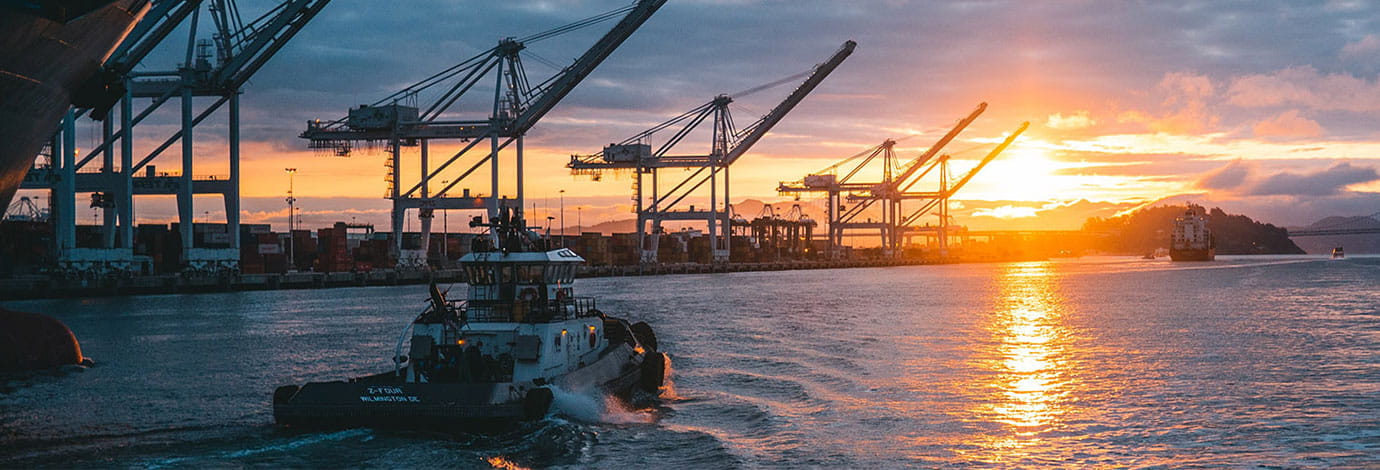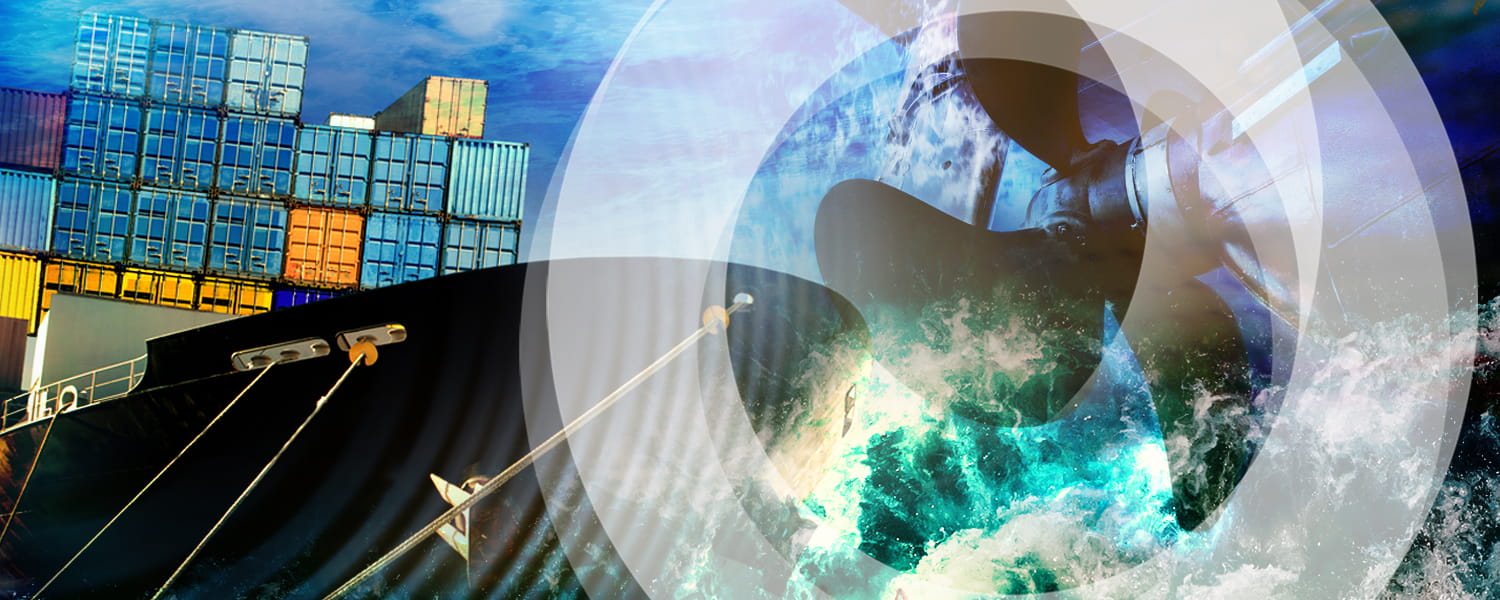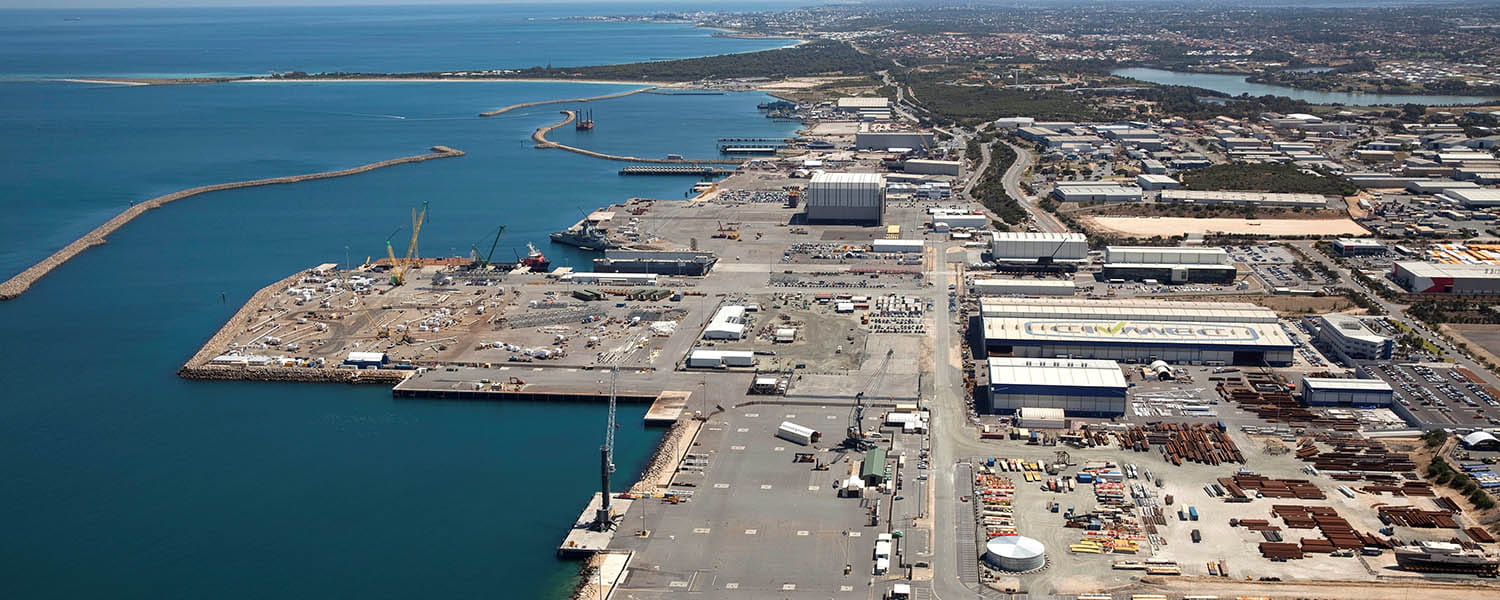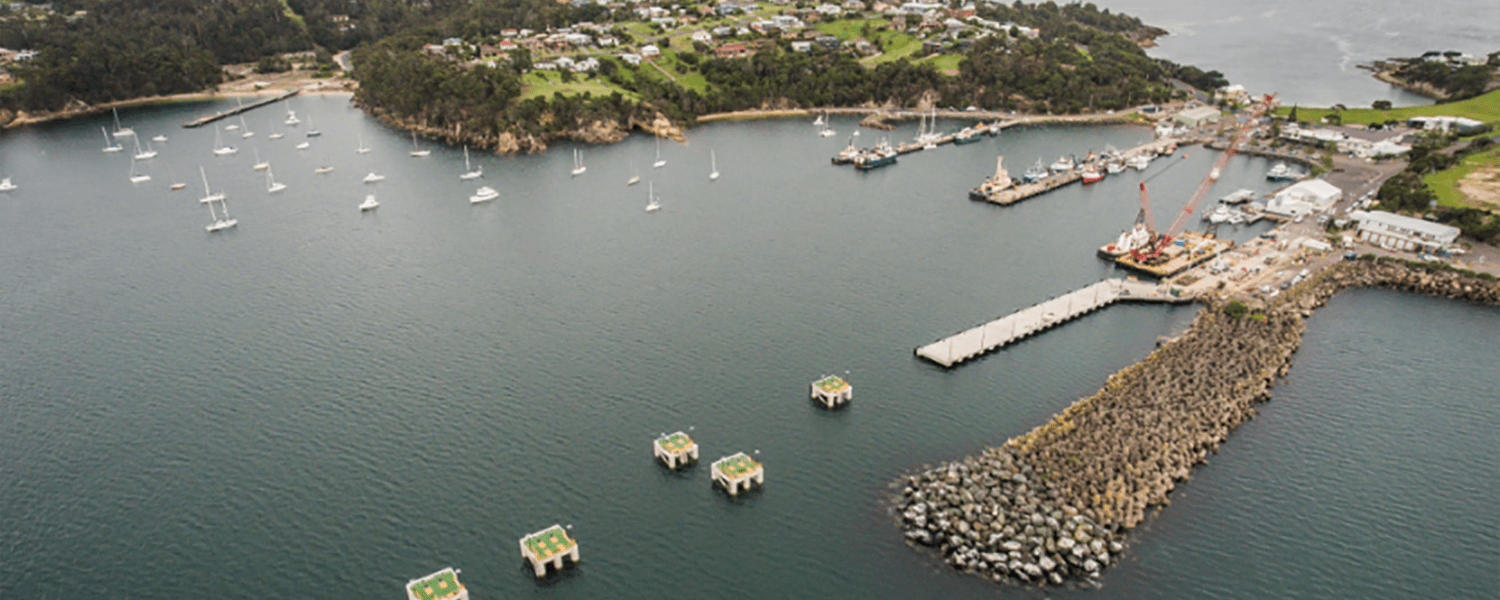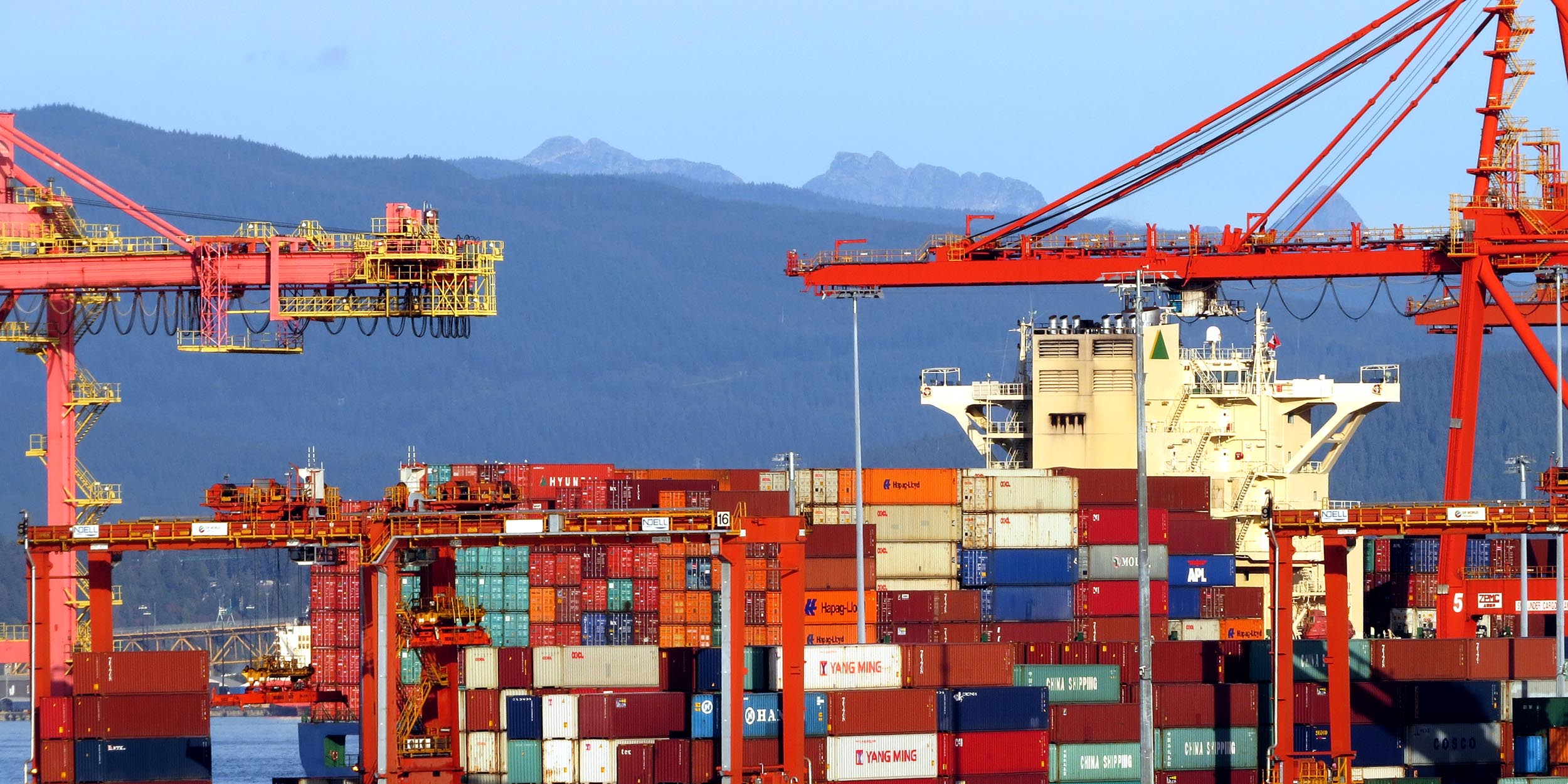Helping to create and sustain safer and more energy efficient ports.
Ports and marine terminals are critical for the shipping industry. Efficient and reliable shipping is a key piece of the global supply chain, with ports as the gateway for import and export of goods and products. Getting this element of the logistics chain right is critical across all sectors.
Our goal is to minimize the impact ports have on the environment
We know that port-related modifications to coastal zones can have a devastating environmental impact on beaches and estuaries. Even minor changes to salinity, tidal flows, and marine habitats can have major effects. And since every living thing on this planet is connected, careful considerations for smarter and more sustainable ports are vital.
We have an opportunity to look at this in a holistic sense. Not just to meet regulations, but to go beyond and create efficiency and balance. This includes adding social amenity value to port developments, which can be achieved with a master plan.
For example, in New Zealand we're combining green ports principles with community perspectives to develop a sustainable port master plan. Our sustainable planning optimizes existing infrastructure, addresses community concerns, and reduces the facility footprint along with expansion costs, and CO2 emissions.
Safer, faster, and more energy efficient ports
Many ports are moving towards automation for improved safety and efficiency. However, the biggest shift we're seeing right now is how the entire industry will be powdered.
Ports across the globe are making the push to decarbonize as alternatives and clean fuels become more widely available to replace diesel‑powered equipment. Ambitious goals and strategic moves are targeting reduced emissions by 2030, and net‑zero by 2050, to meet the Paris Agreement.
Were on-board to help you reach your decarbonization goals – whatever they may be.
Ports and marine terminals are critical to the energy transition
The components needed for clean energy solutions like solar, wind and nuclear, will inevitably be shipped to port before they reach the project site. For example, ports and terminals are the major hubs supporting offshore wind development. They provide the lay down, storage, and staging areas for these massive offshore structures.
We help make sure your port is ready to receive and deliver these components.
Ports will be bunkering facilities for new fuel types like LNG, methanol, and even hydrogen.
With over 40 years of experience in energy markets we know the hydrocarbons industry. We've worked on most LNG terminal developments across Australia and North America, and several others across the globe. We apply the lessons learned from these projects to future fuel terminals.
Big challenges require better solutions
Perhaps you are considering how to increase capacity so your port can handle more material, or a different material entirely? Our materials handling experts support minor to major optimization studies and are here to help whether you have concerns about safety, loads, upgrades, conveyors, or storage.
A full-service solution
Whether your asset is greenfield or existing, we have the in‑house capability to support the entire project lifecycle. From master planning, environmental assessments, geotechnical investigations, coastal or logistical modelling, power advisory, quality assurance and control, engineering design, and much more.
Contact a local ports and marine terminals expert to find out how we can help you.

